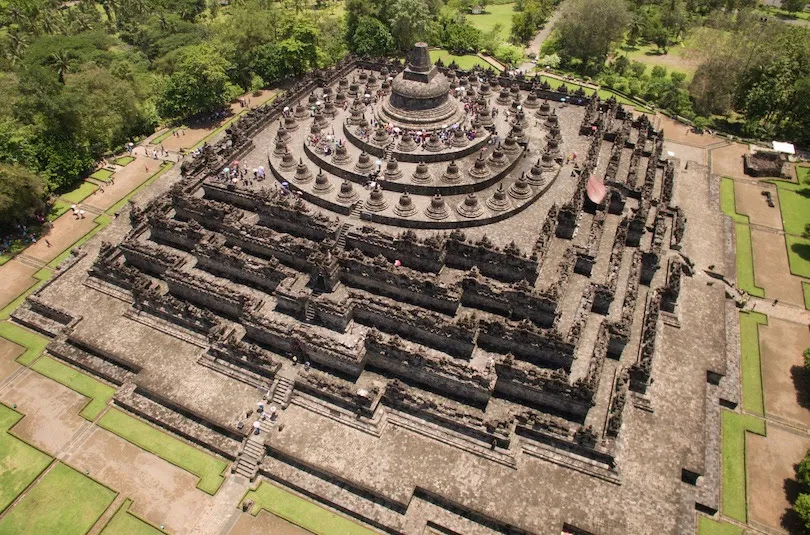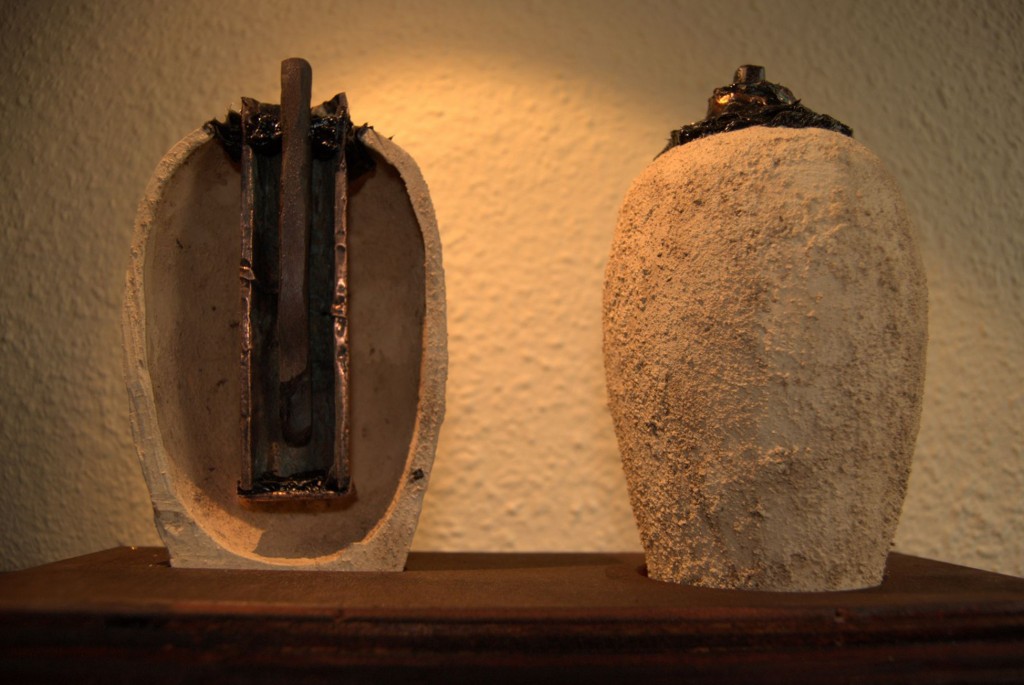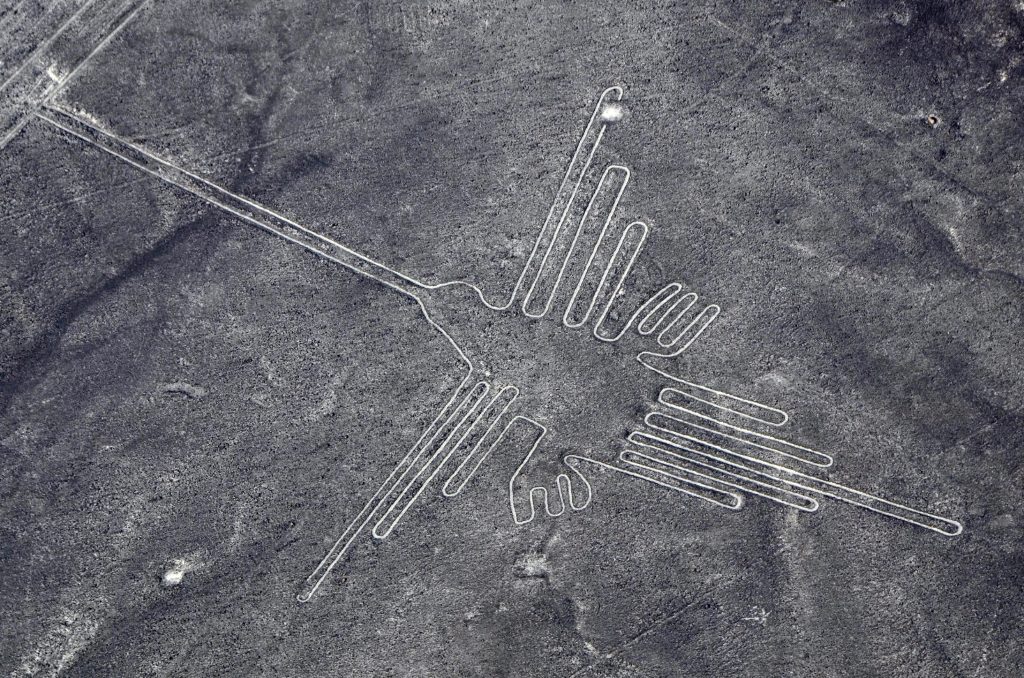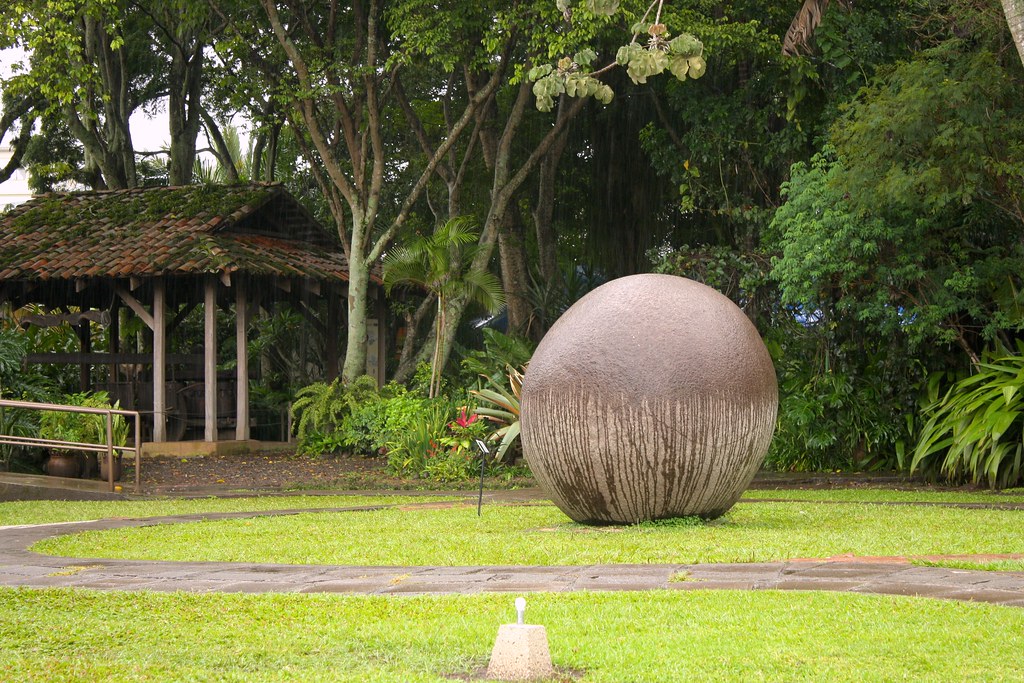
How did ancient societies, with no benefit of modern machinery, develop technologies so advanced that they still baffle scientists today? The question is not just intriguing, it is at the heart of some of the most timeless mysteries in archaeology. Ever since ancient times, wrecks, ruins, and desert sites have started challenging our understanding of what our ancestors were capable of, leading to a world where the distinction between myth and science becomes exhilaratingly blurred.
From stone computers to concrete that lasts longer than the lifespan of their modern counterparts, they are not just artefacts; they are enigmas that force us to recast the trajectory of human ingenuity. This is a tour of nine mind-blowing ancient technologies, each a testament to the genius of early engineers and to the lasting enigma of their lost know-how.

1. The Antikythera Mechanism: The Ancient World’s Astronomical Computer
Few finds have been as contentious as the Antikythera Mechanism, discovered in 1901 from the debris off the Greek island of Antikythera. Around 100 BCE, this small machine, termed by some the world’s first analogue computer, had over 30 bronze gears cleverly employed to simulate the solar system’s cycles and forecast moon phases and eclipses. Recent computer modelling demonstrates that the mechanism could have followed celestial events with astronomical precision. But a 2025 computer simulation found that production flaws could have led to permanent jamming and challenged its operation. However, the mechanism’s complexity demonstrates that the understanding of mechanics and astronomy was not again realised for more than a thousand years. As University College London’s Tony Freeth described, “Ours is the first model that conforms to all the physical evidence and matches the scientific inscriptions engraved on the mechanism itself” (Open Culture). The Antikythera Mechanism continues to be a peerless artefact of ancient Greek ingenuity.

2. Roman Concrete: Engineering Durability Beyond Modern Limits
The Pantheon and the Colosseum have survived almost two millennia, their durability due to a secret from the past: Roman concrete. While modern concrete will last on average a few decades, Roman concrete lasted more than 2,000 years, even performing better in water conditions. Its formula, mixing lime, volcanic ash, and seawater, stimulated chemical reactions that strengthened the substance with time (Ancient Origins). Scientists have not exactly duplicated its longevity to this point, and proportions and methods are gone. That the material was so extremely long-lasting is that the Romans had such a profound knowledge of materials science and chemistry that researchers nowadays are still attempting to get to the bottom of it. As published in the Times of India, “Roman concrete was most suitable for building seashore buildings, like harbours and wharves. When seawater mixed with volcanic ash, the concrete hardened and became stronger with age even underwater”.

3. The Baghdad Battery: Electricity in the Ancient World?
Dating back to around 200 BCE and found near Baghdad, the so-called Baghdad Battery consists of ceramic jars containing copper pipes and iron rods. With an acidic fluid poured inside them, the jars can produce a low electric current, an effect others have used to claim they are the world’s oldest batteries. Although their real purpose is yet unknown, speculations have ranged from electroplating to medicinal or mystical purposes. There is no concrete evidence to prove any of the hypotheses, and the purpose of such ancient artefacts remains a mystery. The discovery of electricity by the ancient world thousands of years in advance of the scientific discovery strikes against the linear process of technical progress.

4. The Iron Pillar of Delhi: Ancient Rust-Proof Metallurgy
Towering over seven meters high and over six tons in weight, the Iron Pillar of Delhi is a testament to ancient metallurgical proficiency. Built around 400 CE, the pillar has survived corrosion for over 1,600 years despite being exposed to the atmosphere. It’s modern experts who attribute its non-rusting quality to special make-up, high phosphorus and low carbon content, although the exact process through which such untainted and stable iron was being made is not known. The technology for the manufacture of iron with such characteristics was not even well known until the 20th century, which makes the pillar a mind-boggling display of lost technology. As Dennis G. Jarvis puts it, “The iron used in the pillar is of an extremely high purity and has not rusted even after 2000 years”.

5. The Lycurgus Cup: Roman Nanotechnology in Glass
In the British Museum is the Lycurgus Cup, a 1,600-year-old Roman cup that, when filled with light, is green from the front and red from the back. It is an optical phenomenon created by gold and silver nanoparticles embedded in the glass, a nanotechnology mastery centuries ahead of its time. Scientists remain perplexed as to how the Romans managed to do it, as the technique involves handling particles that are no larger than 50 nanometers in diameter. The cup stands as a theatrical reminder that the ancient artisans had scientific ability and artistic imagination to the same extent that it continues to make thriller-makers of modern-day witnesses.

6. The Nazca Lines: Mysterious Designs That Can Only Be Viewed from the Air
Drawn out on the parched plains of southern Peru, the Nazca Lines are enormous geoglyphs, some of them miles long of animals, plants, and geometric shapes. Mapped from 500 BCE to 500 CE, their entire extent can only be seen from overhead and their purpose and surveying method used to plot them are the subject of speculation. Proposed purposes include astronomical calendars and ritual for religious use but none are accepted by everyone. The accuracy and size of these designs, accomplished without the benefit of aerial views, testify to the skill and audacity of the Nazca culture.

7. Stone Spheres of Costa Rica: Flawless Geometry Without Modern Tools
Throughout the jungles of Costa Rica, hundreds of nearly flawless stone spheres up to 16 tons in weight have been built, created by the Diquís culture around 600 CE. Their geometric accuracy is impressive, given the lack of sophisticated tools. Their construction is still a mystery, as is their function; conjecture is that they were astronomical markers, symbols of status, or ceremonial objects. No written records of the Diquís culture only serve to add to the mystery.

8. The Pyramids of Giza: Unmatched Monumental Accuracy
The Great Pyramid of Giza, which took over 4,600 years to build, is still puzzling archaeologists and engineers. It’s more than 2.3 million blocks of granite and limestone, weighing up to 80 tons each, fixed with unmatched precision and alignment, have left the logistics of its construction to be argued. Hypotheses span ramps and levers to more speculative hypotheses, but no hypothesis has been conclusive. The structural integrity and symmetry of the pyramid demonstrate the technical skill of the ancient Egyptians.

9. Neanderthal Tar Production: Cognitive Complexity of Paleolithic
New findings on Neanderthal birch tar production demonstrate surprisingly high cognitive complexity. Employing Petri net modeling, researchers established that even the earliest process for producing tar, the condensation process, had to handle several pieces of information in parallel, think ahead, and recover from errors.
But progressively more sophisticated techniques, such as the raised structure technique, demanded even more learning and forethought. The evidence leads to the conclusion that Neanderthals had technical cognition on par with ours, contradicting traditional theory on the intelligence of our ancient relatives. All of these outdated technologies is in a sense a silent challenge to modern science a reminder that technological advancement is not always linear, and that the imagination of our forefathers sometimes outran our own in ways we are only just starting to understand. While scientists delve into these enigmas, they not only shed light on the past but, more importantly, raise new issues regarding the potential of human ingenuity and secrets that remain concealed under the sands of time.


